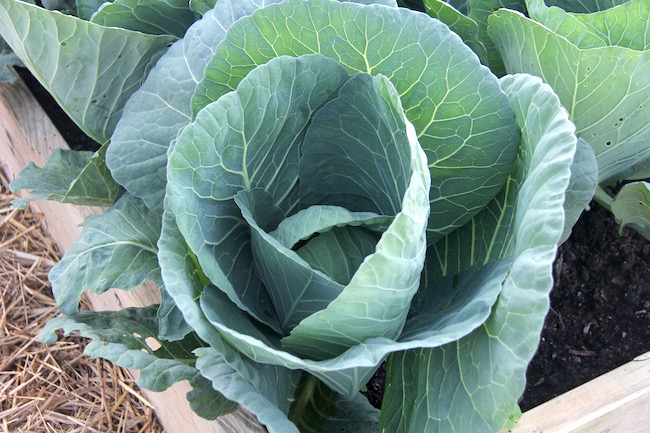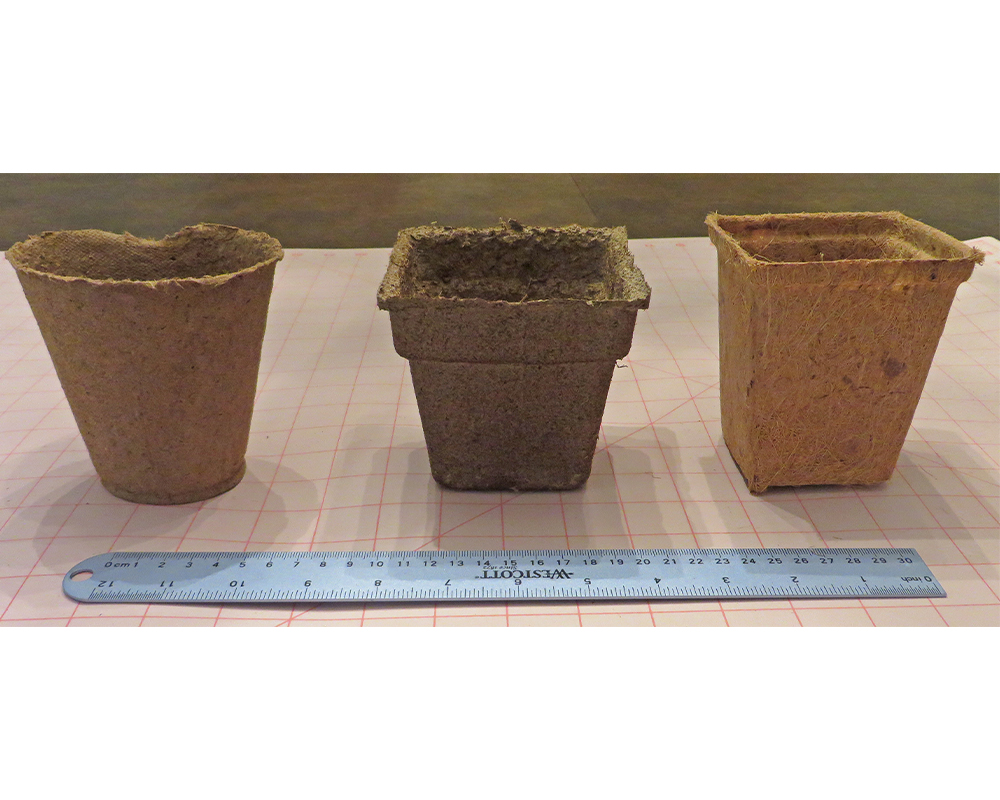Use a compost bin to turn fruit and vegetable scraps and lawn debris into rich compost to feed vegetable gardens and landscape plants.
To stay healthy, compost bins must be fed too. As a Master Composter Extension Volunteer trained through University of Georgia Cooperative Extension, here are my tips on caring for a compost bin.
I organize feeding time for the worms in my compost bin by sectioning off my compost. Simply divide the bin into left and right sections. While there is no physical barrier, just a conceptual divide, dividing the bin allows one side of it to rest.
This also comes in handy when it is time to harvest the compost. I place food scraps in one side of the bin and the worms move to that side to eat and create compost. When the food scraps are diminishing, I add food scraps to the opposite side to engage the “resting” side of the bin.
This system encourages the worms to move to the food side to graze and allows you to easily harvest the compost from the original side.
In the hundreds of hours I have spent maintaining both commercial and residential composting setups, I have come to appreciate that worms are not overly fussy when it comes to food. There are certain items they enjoy more than others, and there are items that should not be added to the compost bin. In general, worms are fairly easy to please.
UGA Extension recommends giving the worms in your compost bin the following items: fruit and vegetable scraps, like apples, watermelon, kale, spinach and banana peels; kitchen scraps, such as coffee grounds, tea bags and eggshells; yard debris, like leaves and grass clippings; and newspapers and cardboard.
When adding fruit and vegetable scraps, be mindful of adding high volumes of acidic products, such as oranges, lemons and limes.
Also keep in mind that foods high in water content will add moisture to the bin.
Collect food scraps as you prepare meals or after meal cleanup. I typically place food scraps in a bag and store them in the refrigerator until it is time to feed the worms. Add food scraps to the bin about once a week.
Worms are not very picky eaters, but there are certain items that should not be added to the compost bin. To prevent attracting animals and creating odors, do not add meat; bones; fatty foods, such as cheese, butter and grease; and invasive weeds or weeds that have gone to seed.
To create an environment that worms want to live in, add shredded newspaper. To create beddings for worms, add moist newspaper shredding or other bedding options, like cardboard. As you add bedding, moisten it with a spray bottle. Seventy-five percent of the compost bin should be made up of worm bedding. Over time, the worms will eat the bedding and more bedding will need to be added.
The moisture level in a home compost bin should be roughly 40 to 60 percent. The contents of the bin should feel like a sponge that has been wrung out.
For more information on creating and maintaining a compost bin, see UGA Extension Circular 816, “Composting and Mulching,” at www.extension.uga.edu/publications. The Master Composter is a nine-week composting training created by Athens-Clarke County Extension and the Athens-Clarke County Solid Waste Department.

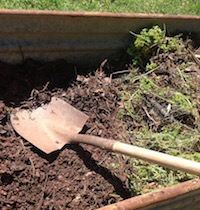
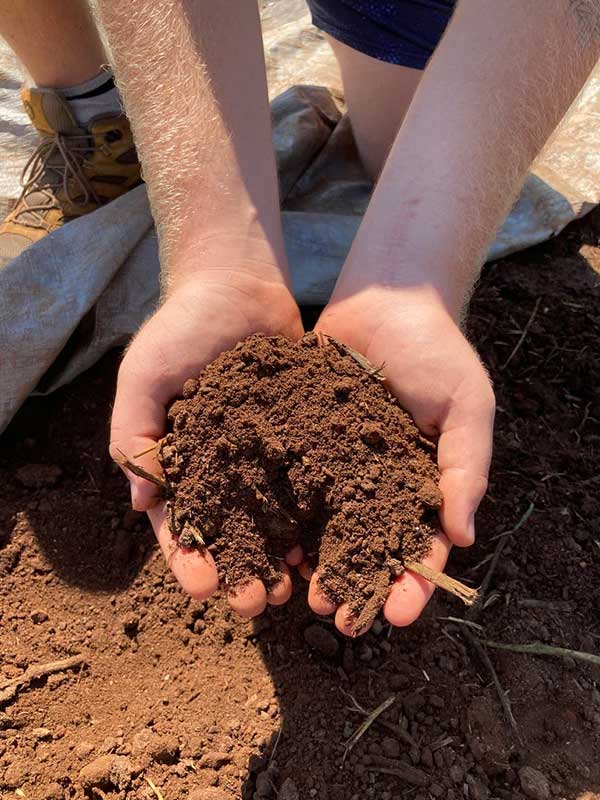
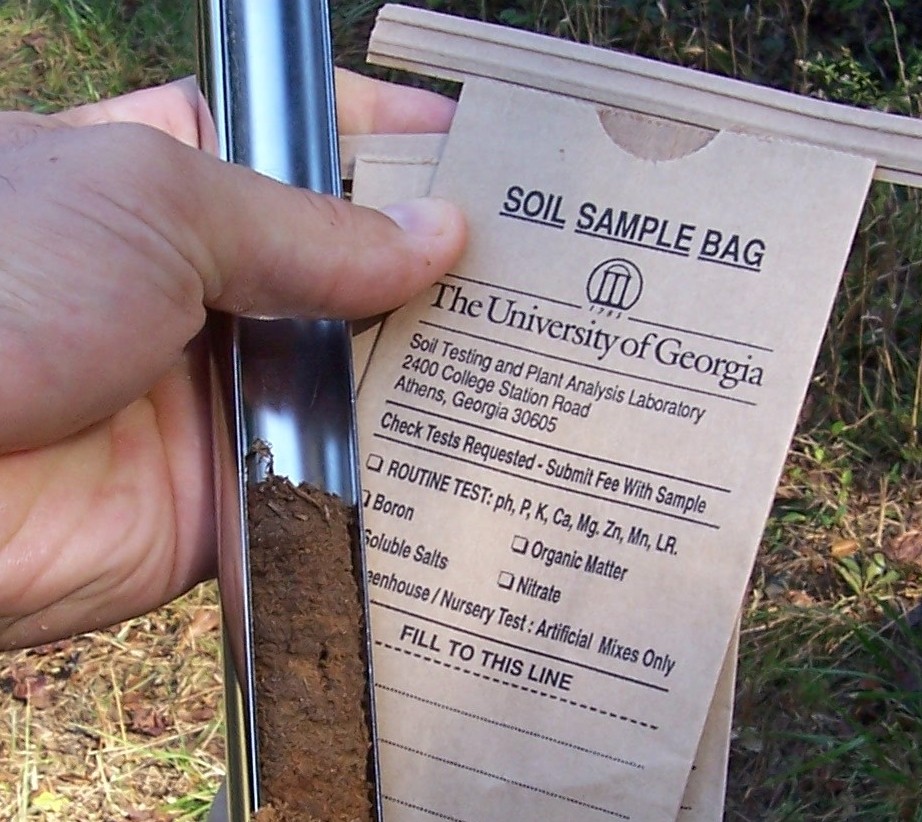
.jpg)
.jpg)
